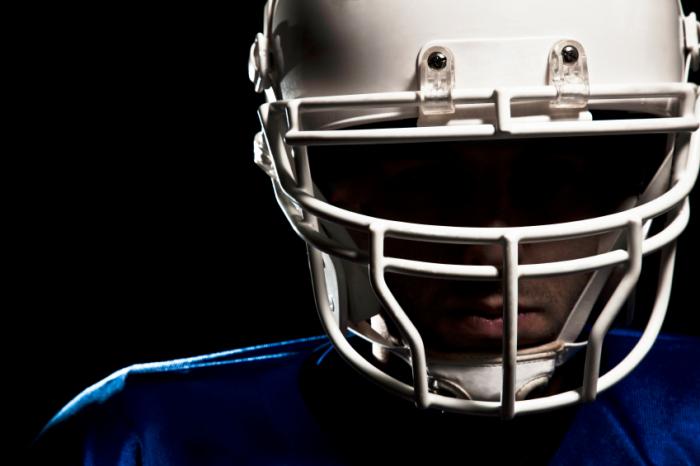Given the nature of contact sports, it is no surprise that the players involved are more susceptible to traumatic brain injuries, such as concussion. But new research among college football players finds that those with such head injuries and those who have been playing football for many years are more likely to have smaller hippocampal volumes than players who have fewer years of football-playing experience.
The research team, led by Rashmi Singh, PhD, of the Laureate Institute for Brain Research in Tulsa, OK, recently published their findings in JAMA.
The hippocampus is a brain region involved in regulating emotion and forming, storing and processing memories. According to the background of the study, the hippocampus is particularly vulnerable to moderate and severe traumatic brain injury (TBI). Studies have started to show that it may also be sensitive to mild TBI.
But according to the investigators, few studies have demonstrated the long-term effects that TBI may have on the cognitive function of young athletes.
With this in mind, the team assessed 25 college football players with a history of clinically diagnosed concussion. These were compared with 25 college football players without concussion history and 25 non-football-playing healthy controls.
The researchers measured participants’ brain volumes using high-resolution anatomic magnetic resonance imaging (MRI). Athletes were also required to take part in computerized concussion-related cognitive tests.
More years of play linked to slower reaction time
Results of the analysis revealed that overall, college football players with and without a history of concussion had smaller hippocampal volumes than healthy participants who did not play football.

College football players who have experienced concussion or who have been playing for many years may have smaller hippocampal volumes than those who have been playing for fewer years.
Football players with a history of concussion had smaller hippocampal volumes than players who had not experienced concussion. Players who had years of football experience had smaller hippocampal volumes and a slower reaction time on cognitive tests, compared with players who had fewer years’ experience.
Explaining potential reasons behind their findings, the researchers note that college athletes are exposed to physical and psychological stressors during their careers.
“These stressors could produce an excess of glucocorticoid secretion that may act to suppress neurogenesis and decrease dendritic arborization within the hippocampus,” they add.
However, the team notes they are unable to determine the specific mechanisms behind their findings, adding:
“The present study design limits our ability to dissociate [regard as unconnected] among the many possible factors involved in these hippocampal volume findings, but our study should serve as an impetus for future longitudinal research to investigate the neuroanatomical and cognitive changes in young contact-sports athletes. The clinical significance of the observed hippocampal size differences is unknown at this time.”
The researchers say their study was subject to limitations. For example, they note that their sample size was small relative to previous studies. Furthermore, they say athletes often underreport concussion symptoms, “which could potentially contaminate our distinction between athletes with and without a history of concussion.”
Last year, Medical News Today reported on a study suggesting that after a person experiences concussion, brain abnormalities – particularly in the frontal cortex region of both sides of the brain – are visible in scans months later.
Of course, football players are required to wear helmets to protect them from head injuries. But earlier this year, a study found that such helmets may do little to protect against concussion. Other research, from Virginia Polytechnic Institute and State University, found that concussion risk for football players is dependent on the type of helmet they are wearing.